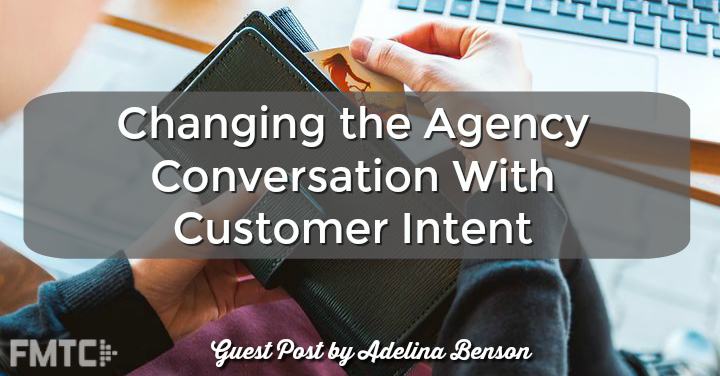You may have noticed that marketing has changed, and for affiliate marketing agencies, OPMs and intermediate professionals, this has been the challenge of a lifetime. And yet, where we now stand makes perfect sense. No longer are brands solely fighting it out at the moment of purchase (although this will forever remain the case to a certain extent) but are changing the conversation much much earlier on in the process.
That is because the conversation is no longer focusing on ‘what does the user want to buy?’ but rather ‘why does the user want to buy?” The conversation has changed, and the new buzz word is customer intent.
What is customer intent?
This is a simple concept that makes perfect sense. We know that people want to but certain things, but this is now about understanding why they want to buy those things. Of course, the answer could be ‘because that need it’ but this is about understanding what has brought them to this point. Why do they need it? And when you start to dig a little deeper, there is never just one reason. Understanding what has brought the customer to this point is important because it then allows engagement at a much earlier stage, and you engage with different groups of customers in different ways, depending on how their intent arises.
How can you lead with customer intent?
Leading with customer intent is all about understanding exactly what has brought the user or customer to that point of sale. The argument is that if you enter the space at this precise moment, the weight of competition is just too big, and those brands that are well-established or can defeat you on price and reputation will always hold the upper hand. That is why this is a space that you do not want to be inhabiting.
Instead, leading with intent means shaping your entire marketing approach – and the conversations that you have – to a much earlier point in the process where competition is sparse and, in some cases nonexistent. Indeed, the customer may not even know themselves that they need your product or service at this juncture. That’s why it is about linking the end action to a scenario that makes sense, and then starting the conversation based around that common, shared scenario.
How has it changed the conversation?
Remember what that conversation always used to be about? ‘I want my brand noticed at the moment of purchase so that it’s our products that sell.’ Of course, the end goal remains the same, but the problem was that this was way too late in the sales funnel process to make any lasting impact. Short-term fixes like promotions and discounts could only do so much, and that’s where the power of branding really came to the fore.
“Now the conversation starts much earlier and focusses on why the customer may be looking for your product. The relationship between the final action (the purchase) and the original one (why I need that item or service) is finally being established, and this is how the conversation has finally changed,” says Robert Gillibrand, a Business Analyst at 1Day2Write and NextCoursework.
The User Conversation
This all eventually manifests in the conversation you want to have with the end-user, and that conversation is no longer ‘but my product’. If this ever worked, now is certainly not the time in such a crowded space where everyone is fighting for a modicum of attention that people are unwilling to spare.
“Now it is far more about listening, and of course that means picking up on those all-important ‘intent’ words which indicate an intention to buy at a later stage,” points out Nikki Stark, a Senior Manager at Australia2write and BritStudent.
Understanding motivations has taken us much higher up the sales funnel – in some cases almost before there even is a sales funnel – and has also focussed attention much more acutely on the steps which bring a user to a purchase. There is no linear path to that point anymore, which is why getting involved in the conversation at a much broader point in the process makes perfect sense.
The conversation has changed. Are you still a part of it?
Specialist email marketer Adelina Benson is also a major contributor to OriginWritings and Academicbrits. When she isn’t developing effective marketing approaches and executing successful campaigns, she turns her attention to the editing and proofing of all company literature, and she also enjoys blogging on these topics at PhDKingdom.com.


